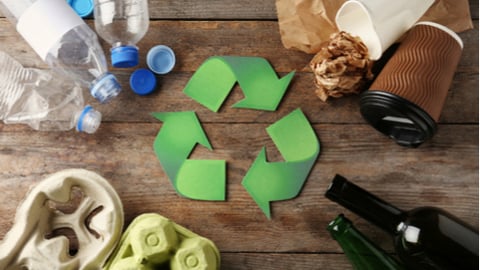Mars Canada loves Earth: Chocolate bar to be carbon neutral by 2023
Mars Wrigley Canada is committing to ensure that Mars bars sold in Canada will be certified carbon neutral by January 1st, 2023.
The company said in a release that the move will make the "Mars bar, which has annual sales of over 19-million bars in Canada, the first carbon neutral chocolate bar to appear on Canadian shelves that is produced by a top five confectionery company."
The new pledge also includes Mars bars sold in the UK and Ireland. In builds upon an earlier commitment by parent company, Mars, Incorporated, to achieve net zero greenhouse gas emissions across its full value chain by 2050.
The goal here in Canada is to reduce the Mars bar carbon footprint by more than 20% by 2023. This will involve sustainably transforming supply chain agricultural practices, including using satellite data to geomap cocoa farms and pursuing other anti-deforestation efforts. Any emissions that cannot be eliminated will be offset by high quality carbon removal credits focused on reforestation and land restoration. Mars bars are manufactured in Newmarket, Ont.
"At Mars, the world we want tomorrow is one where the planet is healthy, and that means taking bold action today," Chantal Templeton, general manager, Mars Wrigley Canada, said in a release. "Starting with the iconic Mars bar, and supported by our global net zero commitment, this is the type of critical action needed to tackle the climate emergency and address the health and sustainability of our planet."
The company said it will work with an independent auditor to certify the Mars bar as carbon neutral and will be adhering to the PAS 2060 standard for carbon neutrality. It's Newmarket-based factory is already certified LEED Silver, sends zero waste to landfill, and incorporates several energy saving initiatives, such as recapturing heat from operations to heat the building. Future reductions will be driven through a combination of efficiency actions, investments in new technology, and on site and external renewable projects.





